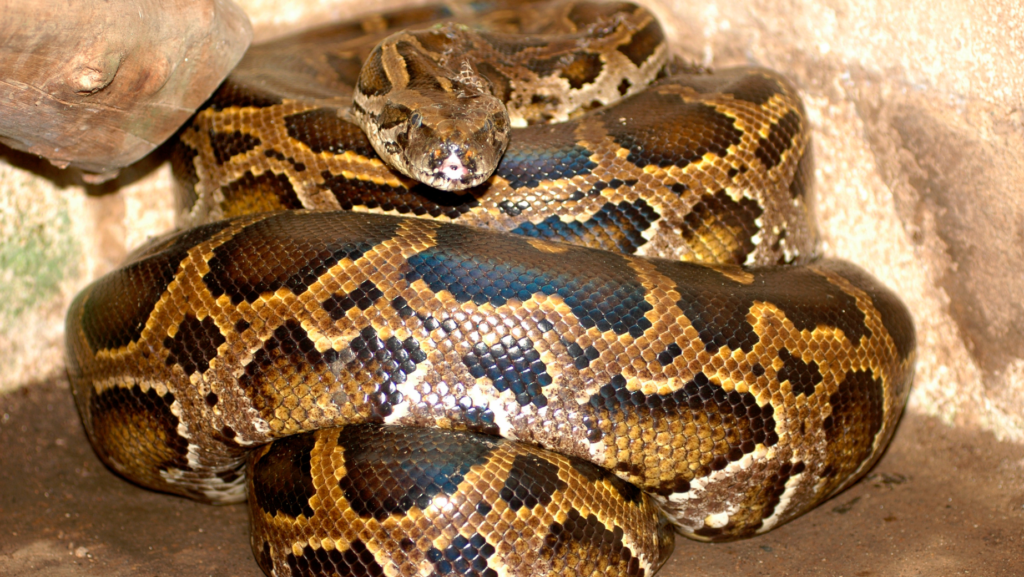The Boa Snake, a fascinating and often misunderstood species, undergoes a remarkable life cycle from birth to death. Let’s explore the various stages of their existence, including their birth, growth, food habits, habitat, reproduction, and eventual death.
Birth:

Boa snakes are typically born from eggs laid by the female. These eggs are incubated until hatching, with the gestation period varying depending on the species. Boa constrictors, for example, give birth to live young rather than laying eggs. The offspring emerge as fully formed, albeit tiny, replicas of their parents.
Grown-Up Life:
As hatchlings, boas are relatively small and vulnerable, but they grow steadily throughout their lives. Boas are known for their impressive size, with some species reaching lengths of over 10 feet. Their growth rate is influenced by factors such as food availability, environmental conditions, and genetics. Boas are adaptable creatures, found in a variety of habitats ranging from rainforests to deserts.
Food:

Boa snakes are carnivorous predators, and their diet evolves as they grow. Young boas typically feed on smaller prey, such as rodents, birds, or small mammals. As they grow, their diet expands to include larger animals. Boas are constrictors, meaning they subdue their prey by wrapping around them and squeezing until the prey is immobilized. Once subdued, they consume their prey whole, aided by their flexible jaws and ability to expand their bodies.
Habitat:
Boa snakes are found in a diverse range of habitats, reflecting their adaptability. They inhabit tropical rainforests, arid deserts, grasslands, and even mountainous regions. Boas are equally comfortable on the ground and in trees, using their powerful bodies and prehensile tails to navigate their surroundings. They are skilled at hiding in the underbrush, waiting patiently for unsuspecting prey to pass by.
Reproduction:
Boas exhibit various reproductive strategies. Some species lay eggs, while others give birth to live young. Female boas are known to reproduce through a process called ovoviviparity, where eggs develop inside the mother’s body and hatch internally before giving birth to live offspring. Boas typically reproduce periodically, with the frequency influenced by factors such as environmental conditions and food availability.
Death:

The lifespan of a boa snake varies among species but generally ranges from 20 to 30 years in captivity. In the wild, factors such as predation, disease, and environmental challenges can impact their longevity. Boas play a crucial role in their ecosystems as both predators and prey. As they age, they may become more vulnerable to these factors, eventually succumbing to the challenges of the wild.
In conclusion, the life cycle of a boa snake is a testament to their adaptability and resilience. From the moment they hatch to their eventual role in the ecosystem, boas navigate a complex and intriguing journey, contributing to the delicate balance of nature.

